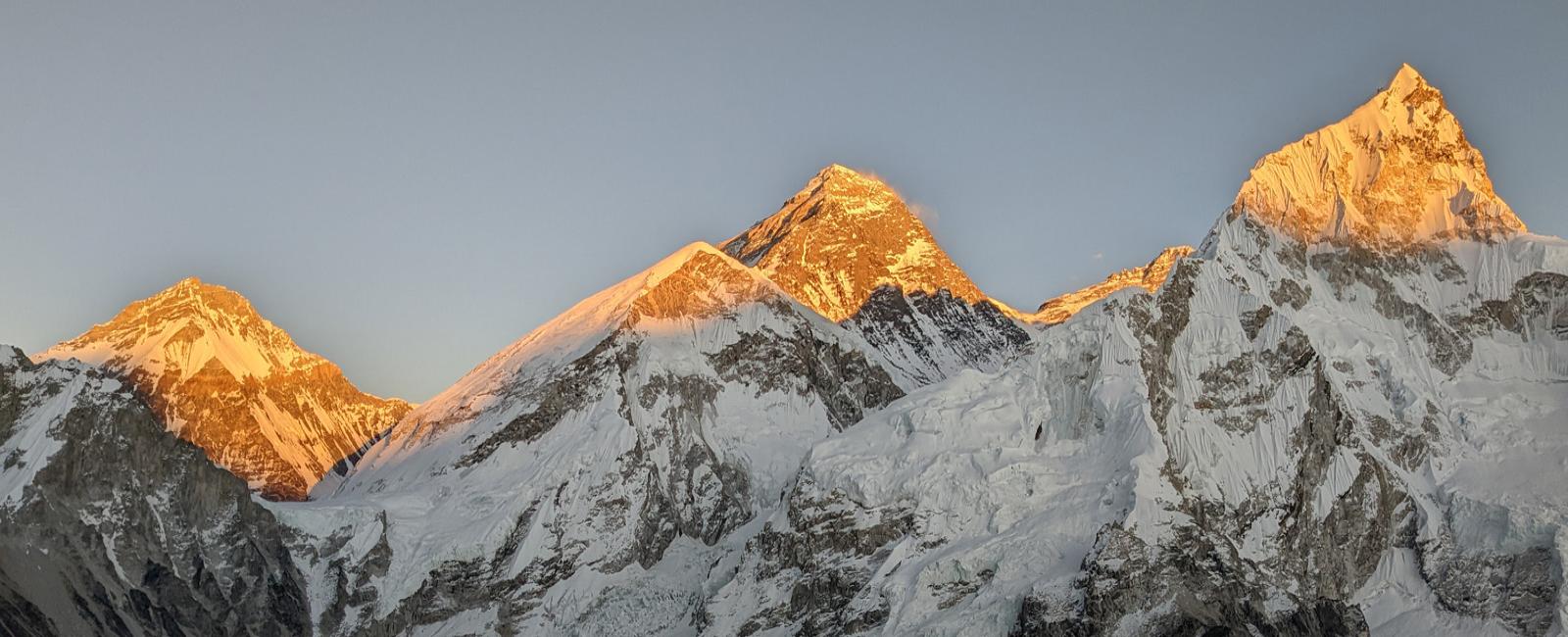- Inquiry
- +977-01 4116611, 9851116322
Travel Info

1. Meals and drinking in Trek
The meals are included in our package which is taken in lodges. We will get breakfast and dinner at the lodge where we stay overnights. Our guide will choose and stop for lunch on the available place for every day on a trek. We will request you to bring water and use medicine and drink freely, or therefore you can also have options of buying purification water bottled or boiled water in every place as well.
2. Medicines and first kits
Proper medicines and first aid kits are very essential for trekking. You might get physically hurt at high altitudes, which is easy due to the terrain and change in atmosphere. Unsuspecting trekkers must always be prepared for any adversities that they could face even while walking through the easiest trek. Some of the most essential items anyone must have in their first aid kit are below:
- Antiseptic
- Pain relief spray, ointment
- Safety pins
- Crepe bandage for sprain
- And others that are necessary which are hard to find in rural areas
3. Trekking Seasons in Nepal
The trekking season in Nepal is generally known best as two seasons: after fall and after winter. The best season for trekking in the Himalayas is from mid-September to mid-December. Each season has its distinct attraction to offer in Nepal. Trekking seasons are classified as below:
- Autumn (Sept-Nov): This season is considered the best trekking season in Nepal, offering excellent weather and tantalizing mountain views.
- Winter (Dec-Feb): Clear season in Nepal, but cold, especially in the mountains. Snowfall occurs in higher elevations, making lower elevation treks more ideal.
- Spring (March-May): Varieties of wildflowers like rhododendrons bloom, making higher altitude trekking more enjoyable. April and May are peak months.
- Summer (June-Aug): Main rainy season, not ideal for trekking. However, the desert areas of Nepal like Mustang, Nar-Phu valley, and Dolpo region offer great summer trekking opportunities behind the Himalayan rain shadow area.
4. Travel insurances
Nepal is a popular destination for adventure trekking, climbing, and expeditions, much of which is located in remote parts of the Himalayas. Travel insurance is essential in Nepal, covering areas like trekking, climbing, and other adventures. You need to ensure that your travel insurance policy clearly outlines what is and isn’t covered. Please contact us for more information about travel insurance.
5. Physical fitness
Physical fitness is a crucial part of any outdoor activity, particularly trekking in Nepal. It is essential to establish a routine involving aerobic conditioning, strength, and mental preparation at least one month before your arrival. Activities like jogging, hiking, and cycling are excellent for building stamina. It’s not about speed but confidence and endurance.
6. Personal belongings
We are not responsible for any damage or loss of your luggage or property. Your personal belongings are at your risk, even when handled by porters, ponies, airport staff, or vehicles.
7. How to book your tour/how to book with us
Please carefully read all terms and conditions before booking with us. Fill out a booking form and pay the non-refundable deposit to confirm your spot. Make sure to take the time to get all your questions answered before booking to avoid any concerns.
8. Acute Mountain Sickness (AMS)
Acute mountain sickness (AMS) is common at high altitudes. It typically occurs at elevations above 3000 meters and presents symptoms like headaches, nausea, and lethargy. Our treks are designed to properly acclimatize you, and we take precautionary measures for your safety. We also provide cell phones and satellite phones for emergencies.
9. Flight delays (Internal)
Flight delays and cancellations are common in Nepal due to the weather and geographical conditions. If this happens, we can arrange a helicopter to keep you on schedule, as long as the civil aviation rules of Nepal permit it. The cost ranges from $350 to $650 depending on the number of passengers.
10. Arrival Instructions
Upon your arrival, our representative will meet you at the airport holding a sign with your name. Please ignore other individuals offering taxi services and follow our representative directly. Keep an eye on your luggage to avoid any complications.
11. Visa Entry procedures
Visitors, except for Indian nationals, must have a valid passport and visa to enter Nepal. Visas can be obtained at Nepalese embassies or consulates abroad, or upon arrival at Kathmandu International Airport. Visa fees vary based on the duration of your stay.
12. Trekking Day
You can expect to walk 6 to 8 hours per day, covering 10 to 12 kilometers. Breakfast will be served at the tea house before you begin trekking, with lunch in the middle of the trek at another tea house. The day will end with dinner at a tea house, where you will rest before continuing the trek the next day.
Tours Available
About Us
- Address: Shree Binayak Marg, Sinamangal 9, Kathmandu, Nepal
- Email: info@aarohiholiday.com
- Phone: +977-9851116322, +977-01-4116611
